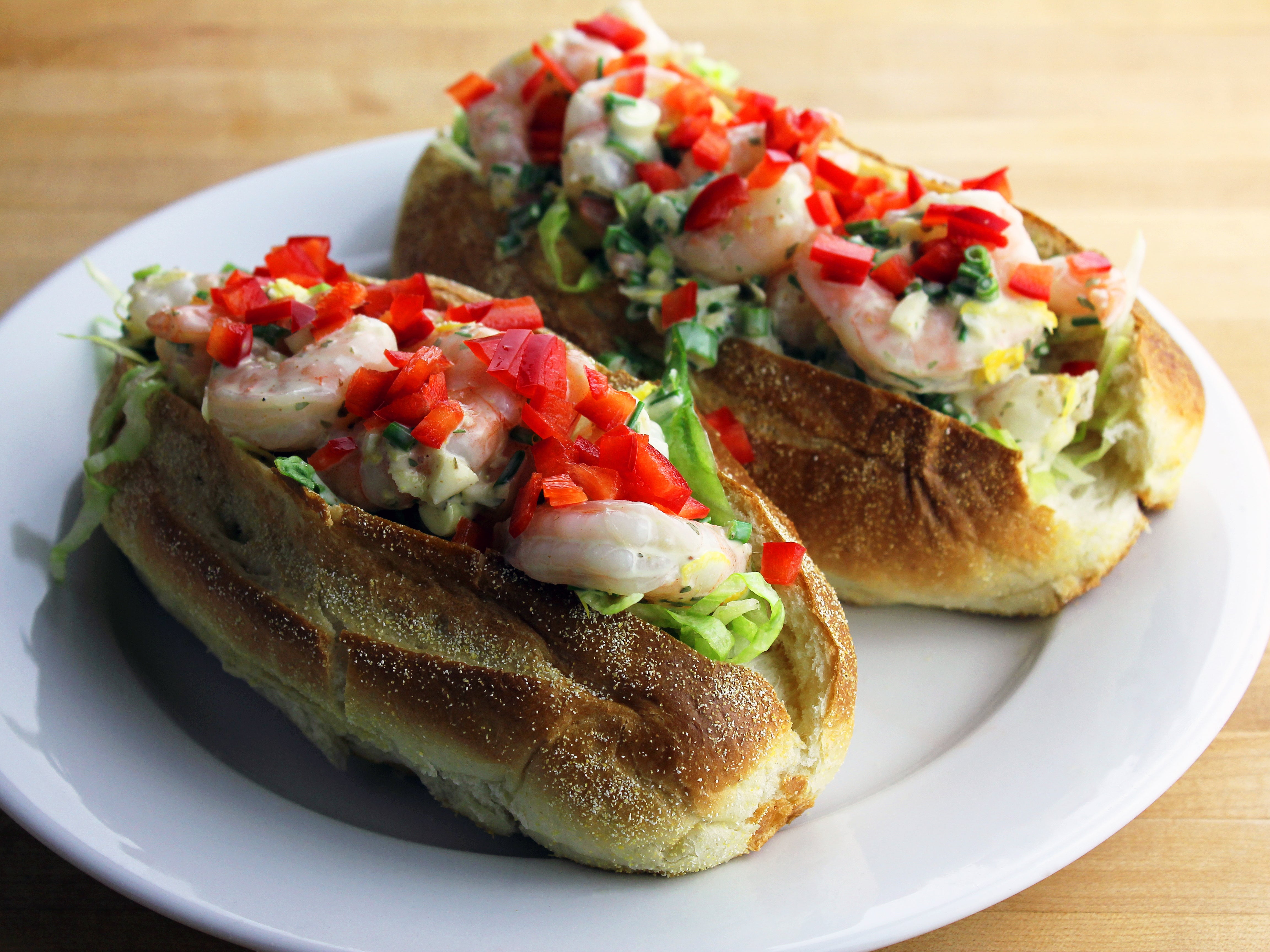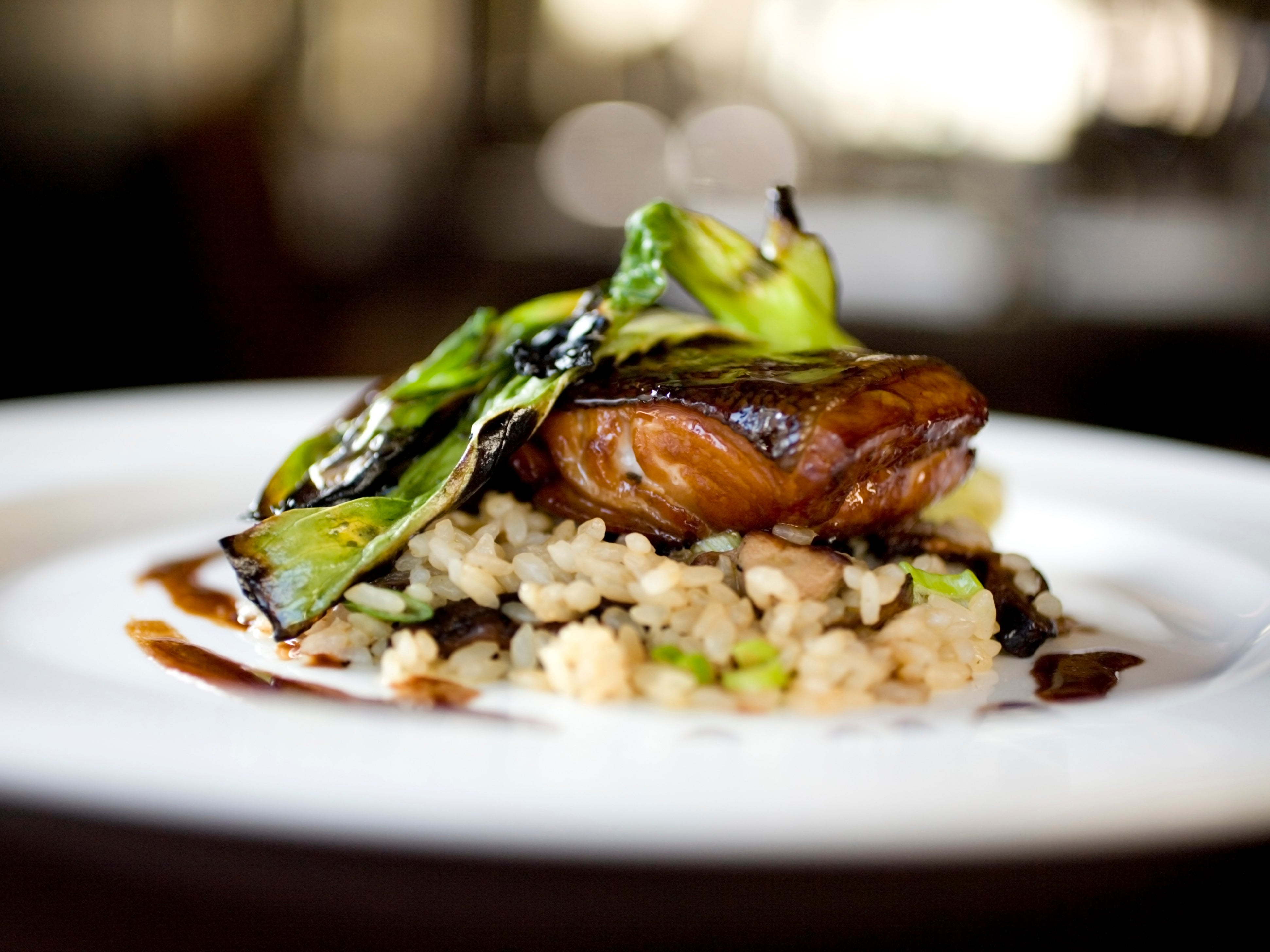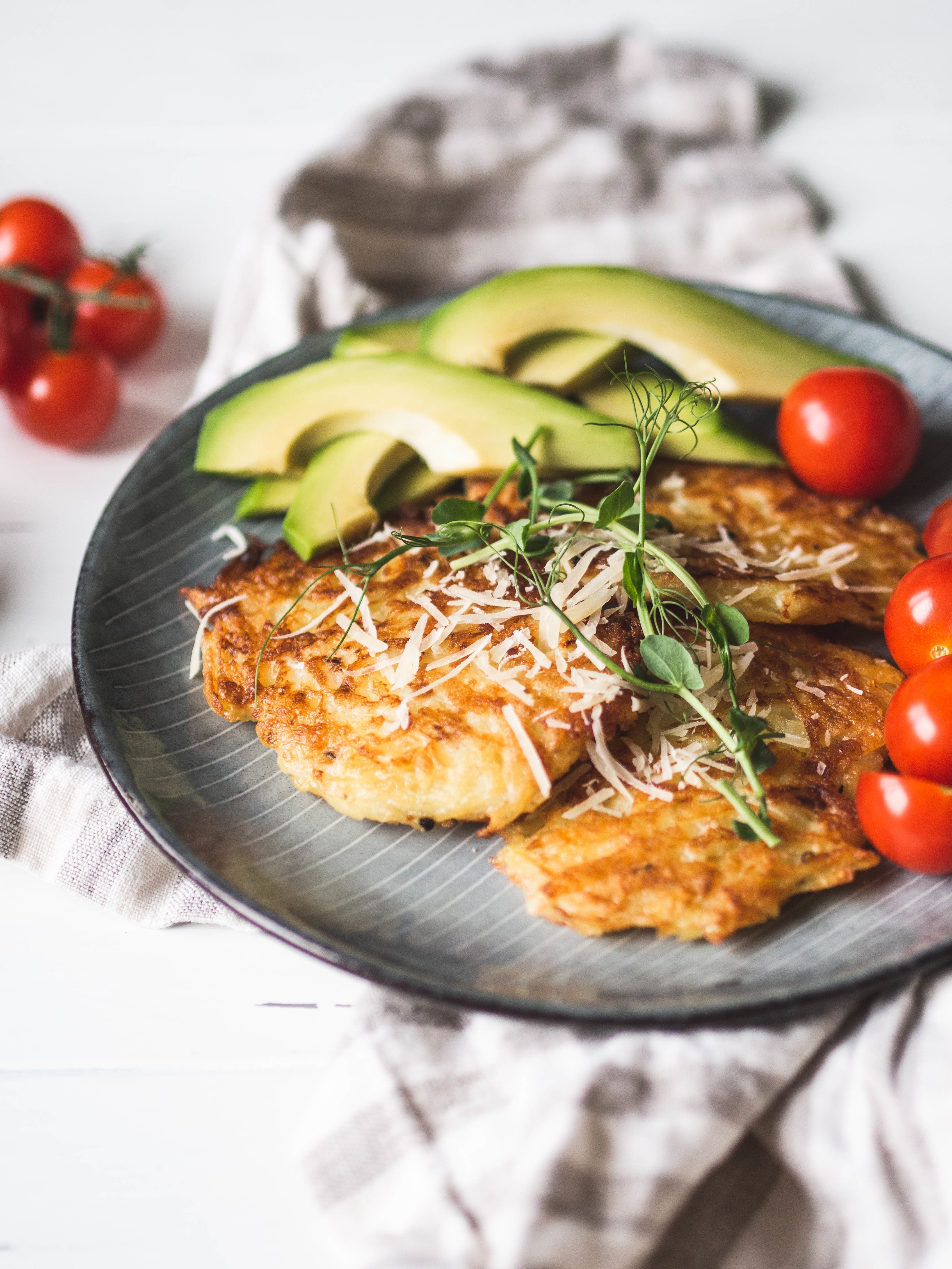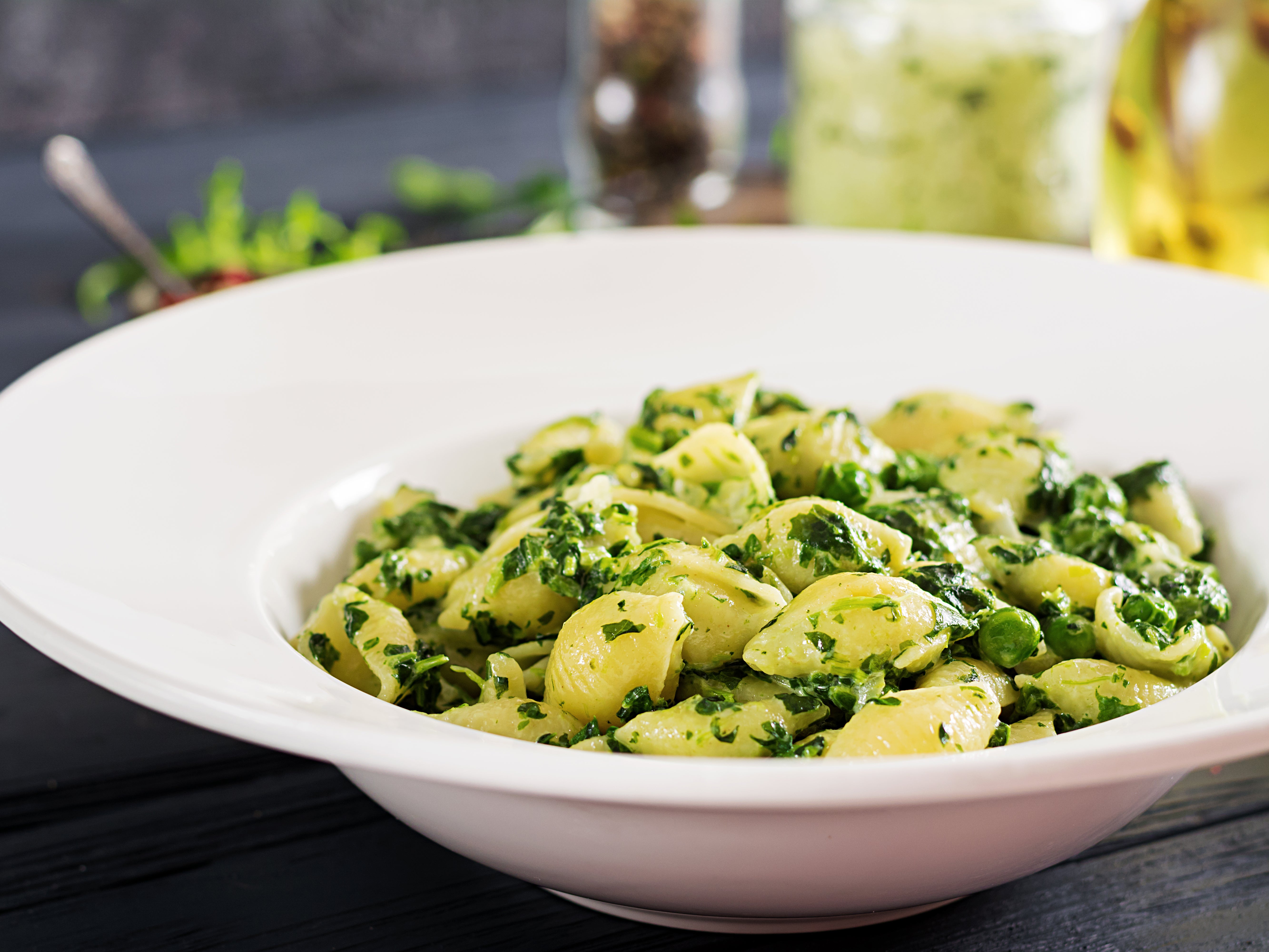Five recipes that are perfect for taking to the office
Whether you’re getting back into the swing of packed lunches or you’re simply after a convenient dinner, Emily Weinstein picks five quick and easy dishes to enjoy this week

Your support helps us to tell the story
From reproductive rights to climate change to Big Tech, The Independent is on the ground when the story is developing. Whether it's investigating the financials of Elon Musk's pro-Trump PAC or producing our latest documentary, 'The A Word', which shines a light on the American women fighting for reproductive rights, we know how important it is to parse out the facts from the messaging.
At such a critical moment in US history, we need reporters on the ground. Your donation allows us to keep sending journalists to speak to both sides of the story.
The Independent is trusted by Americans across the entire political spectrum. And unlike many other quality news outlets, we choose not to lock Americans out of our reporting and analysis with paywalls. We believe quality journalism should be available to everyone, paid for by those who can afford it.
Your support makes all the difference.Hello from the office, where I am for the first time since Covid banished me to my home, which I know makes me fortunate. But, wow, I felt stress pangs as I left the house. How will I make dinner when I’ll be commuting more often?
I hope I did not just stress you out, too. We’re fine! Here are recipes that are fast and easy enough to break out as soon as you walk through the door. And, of course, they are just as good when there is no commute, and especially so on warm evenings when the first order of business is a cold drink.
Salt and pepper prawn rolls
Inspired by jiao yan xia, the classic Chinese dish of head-on, fried prawns finished with a Sichuan or white pepper salt seasoning, these shrimp rolls celebrate the flavours of salt and pepper. Peeled prawns are seasoned, breaded with cornstarch and fried until super crunchy, then sprinkled with a black pepper-salt. Once cooked, they’re tucked into toasted rolls smeared with a zingy garlic mayo. Fresh coriander, sliced chilli and a squeeze of fresh lime brighten the hearty sandwich. Store any leftover pepper-salt in an airtight container and use it as a seasoning for roasted meats and vegetables.
By: Kay Chun
Makes: 4 servings
Total time: 15 minutes
Ingredients:
Vegetable oil, for frying (about 600ml)
115g mayonnaise
¼ tsp grated garlic
1 tsp ground black pepper
½ tsp salt
4 hot dog buns, preferably top-split
450g peeled and deveined king prawns (16 to 20 prawns), tails removed
60ml whole (or 2 per cent) milk
120g cornstarch
2 Fresno chillies, thinly sliced
Tender coriander sprigs, for garnish
Lime wedges, for serving
Method:
1. In a 30cm cast iron or heavy frying pan, heat 2.5cm of oil over medium-high until an instant-read thermometer registers 180C.
2. Meanwhile, in a small bowl, combine mayonnaise and garlic; mix well. In a separate small bowl, combine pepper and salt.
3. Heat a medium non-stick frying pan over medium. Using 1 teaspoon of garlic mayonnaise per bun, spread on outer sides of buns, then toast them until golden, about 1 minute per side. Transfer to plates.
4. Season prawns with about 1 teaspoon of the pepper-salt, dip in milk, then dredge in cornstarch, gently pressing so cornstarch adheres. Working in two batches, fry prawns until crispy and cooked through, turning halfway, about 2 minutes. Transfer to a paper towel-lined plate to drain. Season with more of the pepper-salt mixture.
5. Smear some garlic mayonnaise on the inner centre of buns, then divide prawns among buns. Top with chillies, coriander and more pepper-salt. Serve with lime wedges.
Rotisserie chicken salad with greens and herbs

This is a no-recipe recipe, a recipe without an ingredients list or steps. It invites you to improvise in the kitchen.
By: Sam Sifton
Pick up a roast chicken at the supermarket on the way home – it’s OK! – and tear it apart to feed four, or half of it for two, shredding the meat with your fingers. Mix the chicken with a few handfuls of baby rocket, a large handful of sliced spring onions and a lot of chopped coriander. Cut an avocado or two into the mix if you have them on hand. Then make a dressing out of lime juice – one juicy squeezed lime will do – a pressed garlic clove and a few glugs of olive oil, seasoned with salt and pepper. Drizzle that over the top and serve. Dinner in 15 minutes, tops.
Gochugaru salmon with crispy rice
Gochugaru, a mild, fragrant red-pepper powder, bedazzles this quick salmon dinner. As a key ingredient in Korean home cooking, gochugaru proves that some chillis provide not only heat but fruity sweetness as well. Here, that’s especially true once it’s bloomed in maple syrup, vinegar and butter. If you like shiny things, you may find great pleasure in watching this pan sauce transform into a mirrored, crimson glaze. Try to get long centre-cut salmon fillets for uniform thickness and even cooking. Their crispy skin tastes wonderful with white rice, which toasts in the rendered salmon fat. To balance the richness of the fish, serve it with fresh, crunchy things, like cucumbers or pickles, or a big green salad.

By: Eric Kim
Makes: 4 servings
Total time: 20 minutes
Ingredients:
4 skin-on salmon fillets (170g each)
Salt and black pepper
1 tbsp olive oil
800g cooked white rice, preferably leftovers
4 tsp gochugaru (see tip)
2 tbsp maple syrup
2 tbsp rice vinegar
2 tbsp cold unsalted butter, kept whole
Sliced cucumbers or pickles, for serving (optional)
Method:
1. Season the salmon on all sides with salt and pepper. Heat a large cast iron or non-stick frying pan over medium-high heat. Add the olive oil and sear the salmon fillets skin side down until the skin is browned and crispy, 2 to 5 minutes. The salmon’s orange flesh will begin to turn pale coral as the heat slowly creeps up the sides of the fish; you want that coral colour to come up about two-thirds of the way at this point for a nice medium-rare. Carefully flip the salmon and cook the second side until the flesh feels firm, another 1 to 2 minutes. When you press it, it should not feel wobbly. Transfer the salmon to a plate skin side down and keep the pan with the rendered fat over the heat.
2. Add the rice to the fat in the pan and spread in an even layer, packing it down as if making a rice pancake. Reduce the heat to medium and cook until the bottom is lightly browned and toasted, about 5 minutes. You should hear it crackle. Flip the rice like a pancake, using a spatula if needed. You may not be able to flip it all in one piece, but that’s OK. Cook until lightly toasted on the second side, another 1 to 2 minutes. Go longer if you want crispier rice, but the trifecta of crispy-chewy-soft tastes wonderful.
3. While the rice is cooking, stir together the gochugaru, maple syrup, rice vinegar and 1 teaspoon salt in a small bowl. When the rice is done, divide it evenly among the plates. In the now empty pan, add the gochugaru mixture and cook, stirring constantly, over medium-high heat until it bubbles up and reduces significantly, 15 seconds to 1 minute. It should look pretty sticky. Turn off the heat and add the cold butter, stirring with a wooden spoon or tongs until fully melted and incorporated into the gochugaru mixture. Pour this glaze over the salmon and serve with cucumbers or pickles if you’d like.
Tip: You can find gochugaru, or red-pepper powder, at Korean or Asian supermarkets and at most grocery stores, as well as online. It sometimes comes in larger bags, which is not a problem because it freezes beautifully and tastes great dusted over just about anything.
Arepas de choclo with avocado salad

Arepas, corn cakes that are a cornerstone of Colombian and Venezuelan cuisines, come in many guises, depending on the region, the season and the available ingredients. This slightly sweet, cheese-filled version, called arepas de choclo, is adapted from Colombiana (HarperCollins, 2021), a cookbook by the Colombian food stylist Mariana Velasquez. The dough, which uses a combination of fresh corn kernels and yellow masarepa (precooked cornmeal), fries up into rich, moist, golden cakes that are like a more delicate version of the mozzarella-stuffed arepas found at street fairs. Velasquez pairs these with a lemony tomato and avocado salad to offer a soft and juicy contrast to the crisp-edged cakes. Perfect for a summery brunch, these also make an excellent light lunch or dinner. If you can’t find masarepa, Velasquez recommends substituting instant polenta. But don’t use masa harina, which is a different product altogether.
By: Melissa Clark
Makes: 4 to 6 servings
Total time: 45 minutes
Ingredients:
For the arepas:
175g sweetcorn (fresh or frozen, thawed)
140g precooked yellow cornmeal, such as masarepa or instant polenta (see Tip)
250g whole-milk ricotta
60g grated manchego or parmesan
34g all-purpose flour
3 tbsp granulated sugar
1 tsp baking powder
1 tsp salt
180ml whole or 2% milk
3 tbsp unsalted butter, melted, plus 3 tbsp for frying
For the avocado salad:
2 medium avocados, pitted, peeled and cubed
300g halved cherry tomatoes
Juice of 1 lemon
1 tbsp extra virgin olive oil
Salt and freshly ground black pepper
30g torn fresh coriander, for garnish
150g crumbled quesito or queso fresco, for garnish (optional)
Method:
1. In a food processor, process sweetcorn until broken down and the mixture is smooth. Transfer ground corn into a large bowl, and add cornmeal, quesito, manchego, flour, sugar, baking powder and salt. Using a wooden spoon, combine ingredients. Stir in milk and 3 tablespoons melted butter until just combined. Let the batter rest for 10 to 15 minutes to allow cornmeal to absorb the liquid.
2. While the batter rests, make the avocado salad: in a medium bowl, combine avocado and tomatoes. Add lemon juice and oil, and toss to combine. Season with salt and pepper to taste.
3. Heat a large cast iron frying pan or griddle over medium-high. Melt 1 tablespoon butter until bubbles form. Scoop about 64g of batter onto the pan or griddle, and, with the back of a spoon or offset spatula, spread batter into 10-12cm rounds. Depending on the size of your pan, repeat with batter, frying 2 arepas at a time. Do not crowd the pan. Cook until golden brown, 2 to 3 minutes per side. Transfer arepas to a paper towel-lined plate and tent foil on top to keep warm. Repeat with the remaining batter, adding more butter as needed. Reduce heat if the pan is getting too hot.
4. Top arepas with avocado salad. Garnish with coriander and quesito, and serve immediately.
Tip: If you can’t find masarepa, don’t use regular cornmeal, which can make the batter too runny. Instant polenta, which is precooked polenta that’s been dehydrated into a powder, makes a good substitute. Make sure the ingredients list precooked cornmeal (or corn flour) on the label, and then use the dry meal in the recipe, no need to cook it first.
One-pot courgette-basil pasta

This no-colander-necessary, one-pot pasta method isn’t a gimmick: cooking the noodles in just enough seasoned stock means they’re done in the same amount of time it takes the liquid to reduce into a concentrated, extra flavourful sauce. Mascarpone makes it silky, though creme fraiche or even softened cream cheese would be solid substitutes. While the pasta cooks, make a quick gremolata of chopped parsley, salted almonds and basil, which adds brightness and texture to the finished dish. Though this pasta comes together quickly, it requires more attention than some: be sure to stir frequently so the noodles cook evenly, and add a splash of water toward the end of cooking, as needed, so they stay saucy.
By: Alexa Weibel
Makes: 4 servings
Total time: 20 minutes
Ingredients:
650ml vegetable stock
340g medium pasta shells
2 medium courgettes (about 400g total), trimmed and cut into 1.5cm cubes
115g mascarpone, creme fraiche or softened cream cheese
1 large garlic clove, finely chopped
6g thinly sliced basil
Salt and black pepper
3 tbsp chopped roasted salted almonds
3 tbsp chopped Italian parsley
Preparation:
1. In a large, deep 30cm frying pan, bring stock to a boil over high heat. Once stock boils, stir in pasta, courgette, mascarpone, garlic and half the basil; season generously with salt and pepper and reduce the heat to medium-high. Cook, stirring frequently, until pasta is tender and liquid is reduced until thickened and creamy, 12 to 13 minutes, adding a splash of water during the last few minutes of cooking if needed to moisten. Season to taste with salt and pepper.
2. Meanwhile, prepare the gremolata: chop almonds and parsley with remaining basil until finely chopped and combined; season with salt and pepper.
3. Divide pasta among shallow bowls. Sprinkle with gremolata and serve immediately.
© The New York Times
Join our commenting forum
Join thought-provoking conversations, follow other Independent readers and see their replies
Comments